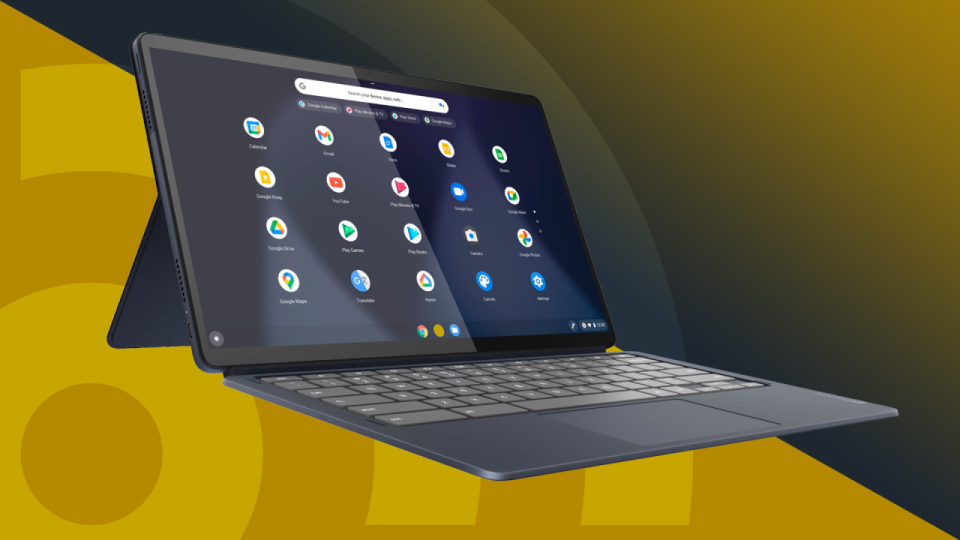In today’s fast-paced business environment, having the right technology is essential for maintaining productivity and staying competitive. However, IT costs can quickly add up, especially when it comes to purchasing laptops for your team. As businesses seek ways to reduce expenses, the debate between buying Refurbished Laptops versus new laptops has become increasingly relevant.
While new laptops come with the latest features and warranties, refurbished laptops provide significant cost savings while still offering reliable performance. In this blog, we’ll compare the cost-effectiveness of refurbished laptops versus new laptops and help you determine which option is best suited for your business needs.
1. Initial Purchase Price: Refurbished Laptops Lead the Way
One of the most significant advantages of refurbished laptops is their upfront cost savings. New laptops, particularly those with enterprise-grade specs, can cost anywhere from ₹50,000 to ₹1,00,000 or more. For businesses looking to equip a large team, these costs can add up quickly, putting a strain on the IT budget.
On the other hand, refurbished laptops typically cost 40–70% less than their new counterparts, offering significant savings while still delivering the performance your team needs. For example, a refurbished laptop with Intel Core i5, 8GB RAM, and 256GB SSD can cost ₹25,000–₹35,000, whereas a new laptop with similar specs may cost around ₹50,000.
These savings can be redirected into other business initiatives, such as marketing, training, or expanding operations.
2. Performance: High-Quality Without the Premium Price
When it comes to performance, refurbished laptops are often just as capable as new models. Many refurbished laptops come from enterprise-grade manufacturers like Dell, HP, and Lenovo, which are built to last longer and endure demanding tasks. These laptops undergo a rigorous testing process, ensuring they meet the same performance standards as new devices.
For most business tasks, including web browsing, document creation, and email management, refurbished laptops with Intel Core i5 or AMD Ryzen 5 processors and 8GB RAM will perform just as well as their new counterparts. In fact, many refurbished laptops are equipped with new batteries, upgraded storage, and optimized cooling systems, making them even more reliable than older models.
While new laptops may offer cutting-edge technology, refurbished laptops can easily handle the day-to-day operations of most businesses, offering excellent performance at a much lower cost.
3. Depreciation: Refurbished Laptops Hold Their Value Better
New laptops begin to depreciate as soon as they are purchased, typically losing 20-30% of their value in the first year alone. For businesses, this rapid depreciation can lead to significant financial losses, especially if laptops are upgraded frequently or resold after a short period.
Refurbished laptops, however, have already undergone depreciation, which means they retain more value over time. While they might still depreciate over the years, they do so at a slower rate, giving businesses a better return on investment (ROI). When businesses purchase second-hand or refurbished laptops, they avoid the initial depreciation hit, which makes them a more financially sound option for long-term use.
4. Total Cost of Ownership: Lower Long-Term Expenses
While new laptops may offer the latest features, they come with higher total cost of ownership (TCO). TCO includes not only the initial purchase price but also maintenance and support costs, as well as potential upgrades and repairs. New laptops often require extended warranties and support contracts, which can further increase their cost.
In contrast, refurbished laptops typically come with standard warranties (usually 6-12 months), but their overall maintenance costs tend to be lower, as they are already tested and refurbished. Many refurbishers offer extended warranty options at a fraction of the price of new laptop warranties, providing businesses with an affordable way to ensure their devices remain operational for longer.
Additionally, refurbished laptops tend to have fewer issues due to the rigorous refurbishment process and the fact that many of the devices are made with enterprise-grade components, known for their durability.
5. Sustainability and Green Initiatives
In 2025, businesses are increasingly prioritizing sustainability, and choosing refurbished laptops aligns with these goals. The electronics industry is one of the largest contributors to e-waste, and by opting for refurbished devices, businesses can significantly reduce their environmental footprint.
Refurbished laptops contribute to a circular economy, where technology is reused, refurbished, and recycled, instead of being discarded after a short period. By purchasing refurbished laptops, businesses can demonstrate their commitment to sustainability, reducing their carbon footprint while still maintaining high levels of productivity.
This eco-friendly choice can also boost your business’s brand image, appealing to environmentally-conscious customers and partners.
Final Thoughts
Choosing between Refurbished Laptops and new laptops comes down to your business’s budget, performance needs, and long-term goals. While new laptops may offer the latest technology and longer warranties, refurbished laptops provide significant cost savings, reliable performance, and a greener alternative to new devices.
For businesses looking to maximize their IT budget without sacrificing performance, refurbished laptops are often the smarter, more cost-effective solution. They offer all the benefits of a high-performance machine at a fraction of the price, allowing you to invest in other areas of your business while maintaining the tools necessary for success.
If you’re ready to buy refurbished laptops and start saving on IT costs today, make sure to choose a reputable vendor and look for devices that come with warranties and strong support options.

